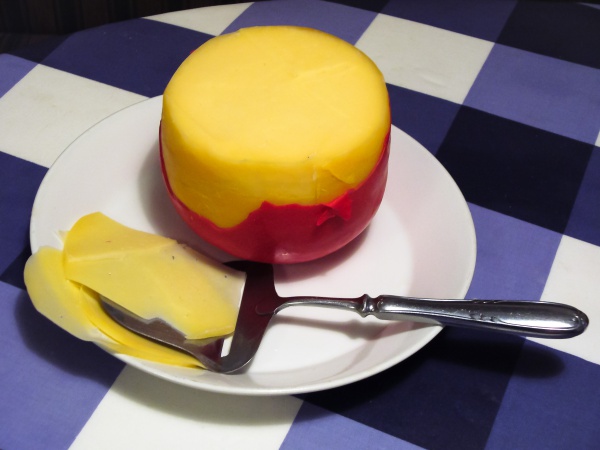Facts About Edam cheese
Edam cheese, originating from the Netherlands, is a semi-hard specialty named after the town of Edam in North Holland. This cheese is traditionally sold in round forms with a pale yellow interior, encased in a distinctive red paraffin wax coating. One of its notable features is its aging process: Edam never spoils, but instead hardens over time. This characteristic made it highly favored from the 14th to the 18th centuries, especially for long sea voyages and in distant colonies. Today, FrieslandCampina in Marum, Netherlands, stands as one of the major producers of Edam.
When young, Edam offers a mild, slightly salty or nutty flavor, with a very subtle aroma compared to other cheeses. As it matures, its flavor intensifies and it becomes firmer in texture. With a relatively low fat content—about 28% in dry matter—Edam is softer than cheeses like Cheddar.
Edam pairs wonderfully with fruits such as peaches, melons, apricots, and cherries. The aged varieties are often enjoyed with complementary fruits like pears and apples, and they make a delightful addition to crackers, bread, or as a dessert paired with wines like Pinot Gris, Riesling, Chardonnay, or Shiraz.
Around the world, Edam is known by various names. In Spain and its former colonies, it is referred to as "queso de bola." In the Czech Republic, it goes by "eidam" and in Slovakia, it is called "vyprážaný syr." In Indonesia, it's known as "keju edam." It’s also quite popular in Belize, the Philippines, and Scandinavia, often being a part of Christmas traditions.
Edam has even found its way into popular culture. It’s mentioned in novels like "All Quiet on the Western Front" movies such as "Sideways" and "Shopper 13" and TV shows like "MythBusters." It has been humorously portrayed and even used in unconventional tests, such as being fired as cannon ammunition against a ship’s sail.

 Germany
Germany